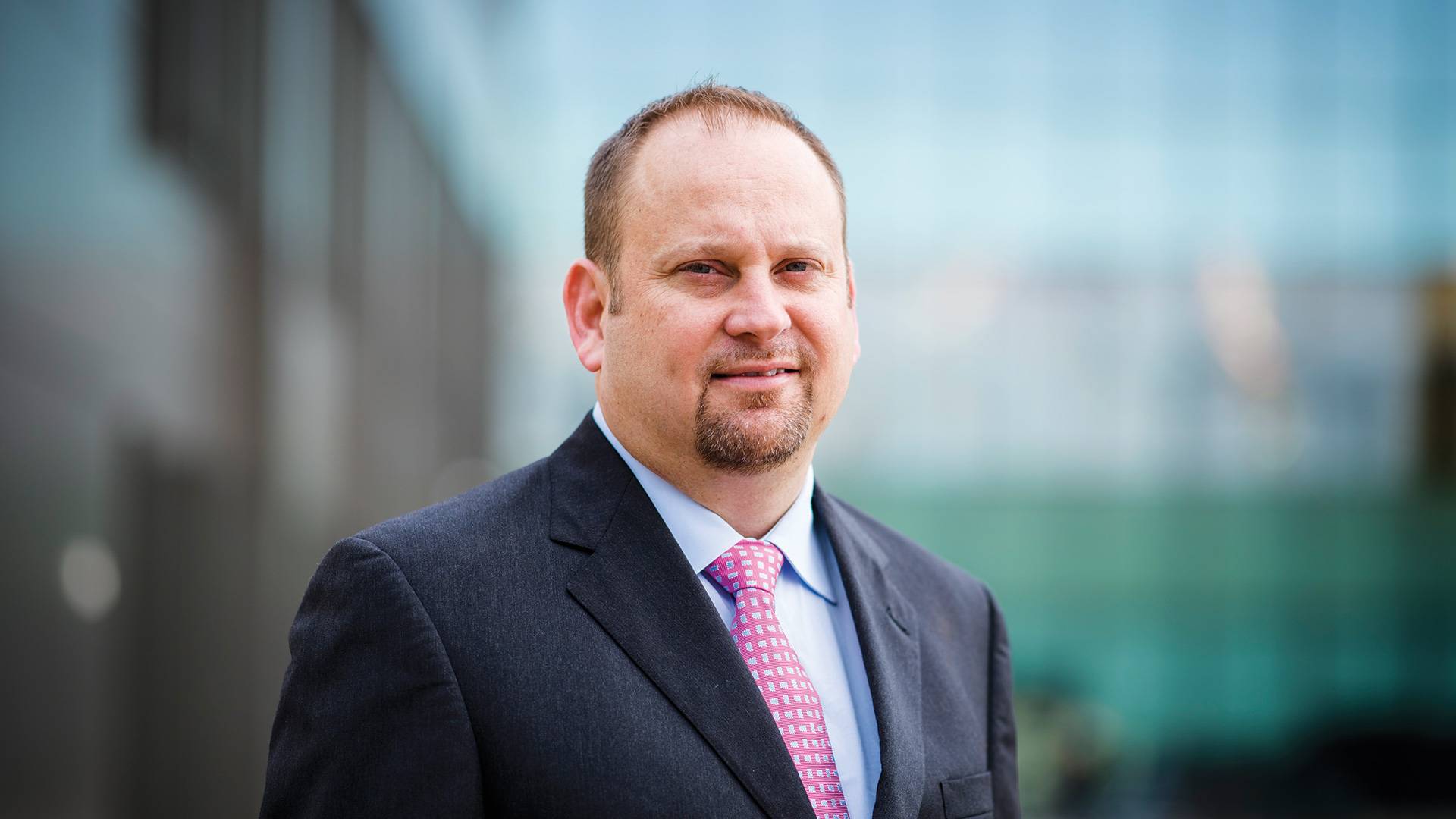- Future Students
- How to Apply
- Visit UHCL
- Admitted Students
- Tuition, Costs and Aid
- Degrees and Programs
- Contact Admissions
- Current Students
- Class Schedule
- Academic Calendar
- Advising
- Events
- Library
- Academic Resources and Support
- Student Services and Resources
- Alumni
- Lifetime Membership
- Alumni Events
- Update Your information
- Awards and Recognitions
- Give to UHCL
UHCL alumnus named to 9/11 medical advisory committee
September 10, 2020 | UHCL Staff

Nineteen years after the world’s deadliest terrorist attack, the first responders, support personnel and members of the general public directly affected by the attacks of 9/11 are still suffering from health complications. Now, University of Houston-Clear Lake alumnus Michael Larrañaga is joining the effort to provide medical care to those affected by the attacks.
The World Trade Center Health Program of the Centers for Disease Control and Prevention offers medical care to anyone present during the days and months following the 9/11 attacks in New York City, at the Pentagon, and in Shanksville, Pennsylvania. The WTC Health Program has appointed Larrañaga, who received his Master of Science in Environmental Science in 1998, to serve a four-year term on its Scientific/Technical Advisory Committee of the Centers for Disease Control and Prevention, beginning Oct. 1.
“The information we will be evaluating affects not only first responders, but members of the community in the affected parts of New York, Washington, D.C. and Pennsylvania. I’m hoping to contribute my expertise and serve those affected to the best of my abilities, ” he said.
The committee reviews evidence to determine which diseases and conditions will be covered by the WTC Health Program, Larrañaga said. “Data is being collected by the WTC Program itself, as well as physicians, universities, and other sources, to determine whether new diseases fall under the umbrella of what can be covered, as well as periodically re-evaluating those diseases already covered.”
Larrañaga is currently president and managing principal at REM Risk Consultants, LLC in Dallas. He has worked internationally as an industrial hygiene, human exposure and risk sciences, and chemical risk and process safety management specialist across all sectors, including petrochemical, pipeline transportation, energy, and healthcare. Previously, he served on the Board of Scientific Counselors for the CDC’s National Institute for Occupational Safety and Health and as an appointed member of the Department of Homeland Security’s First Responders and Opioid Working Groups.
“Today, I work with companies and organizations to keep workers healthy, manage risk, and to ensure continuity of operations,” he said.
The program covers a wide variety of cancers, traumatic injuries, neurological and muscular disorders, and mental health issues. “There are over 200 types of cancer alone associated with the events of 9/11,” Larrañaga said.
In July 2019, Forbes magazine reported that 241 New York Police Department officers have died in the years following the attack—10 times the number actually killed on the day itself. The Fire Department of New York has lost an additional 200 members since that day.
“The program will follow those affected for the rest of their lives, to make sure they receive high quality medical treatment and compensation,” he said. “This is the largest epidemiological study in history, and it includes children living in the communities affected. It’s our responsibility to do things right and to serve the affected to the best of our abilities.”
Learn more about UHCL's Master of Science in Environmental Science degree online.






